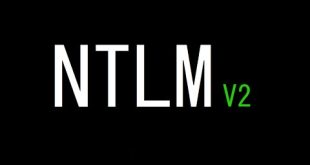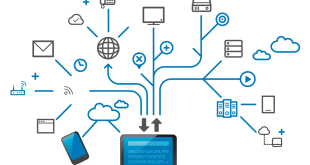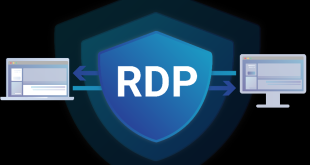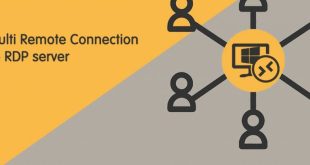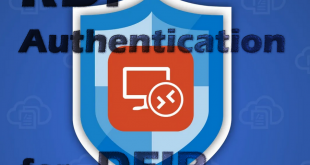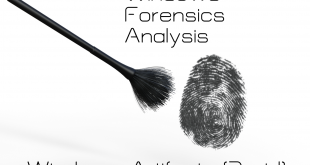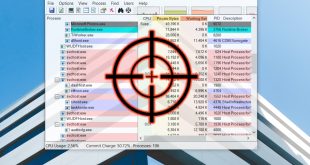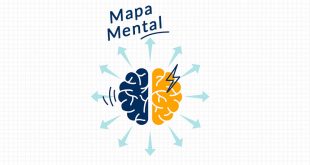Responder: The Ultimate Tool for Samba Server Hijack and NetNTLM Hash Theft In the vast arsenal of cybersecurity tools, Responder stands out for its unique capability to masquerade as a rogue Samba server, opening up avenues to pilfer NetNTLM hashes with finesse. Here’s a deep dive into harnessing this tool …
Read More »Remotely Capture Traffic from a Domain Controller and Analyze It Locally
This blog post will walk you through the steps of remotely capturing traffic from a domain controller and then analyzing it locally. This can be useful for troubleshooting network issues or investigating security incidents. Requirements A Windows computer with PowerShell The NetEventPacketCapture PowerShell module The etl2pcapng PowerShell module A domain …
Read More »Inspect RDP traffic in Wireshark
Wireshark RDP resources Looking for a way to capture and inspect RDP traffic in Wireshark? You’ve come to the right place! SSLKEYLOGFILE Many applications, including browsers, support the SSLKEYLOGFILE environment variable with a path to a text file where TLS pre-master secrets are dumped. This format is supported by Wireshark …
Read More »Incident Response without Windows Event Logs
This post discuss some Digital Forensics and Incident Response (DFIR) techniques you can leverage when you encounter an environment without Windows event logs. Where are the logs? at work, we regularly respond to security incidents with ineffective logging and auditing for the purposes of a cyber incident. In some cases, …
Read More »How to Allow Multiple RDP Sessions in Windows 10 and 11?
Remote users can connect to their Windows 10 and 11 computers via the Remote Desktop Services (RDP). It is enough to enable RDP in the device settings and connect to the computer using any Remote Desktop client. But there is a restriction on the number of simultaneous RDP sessions – …
Read More »How To Attack Kerberos
Kerberos Fundamentals Kerberos is a network authentication protocol that works on the principle of issuing tickets to nodes to allow access to services/resources based on privilege level. Kerberos is widely used throughout Active Directory and sometimes Linux but truthfully mainly Active Directory environments. TLDR: https://www.roguelynn.com/words/explain-like-im-5-kerberos/ I am aiming to approaching …
Read More »RDP Authentication Artifacts for DFIR Purpose
A good detection technique to spot Remote Desktop Connections that are exposed to the internet is to scan RDP event logs for any events where the source IP is a non-RFC 1918 address. This provides you a good way to check for locations that may be port forwarding RDP, like …
Read More »Windows Artifacts for Forensics Investigation
Generic Windows Artifacts Windows 10 Notifications In the path \Users\<username>\AppData\Local\Microsoft\Windows\Notifications you can find the database appdb.dat (before Windows anniversary) or wpndatabase.db (after Windows Anniversary). Inside this SQLite database you can find the Notification table with all the notifications (in xml format) that may contain interesting data. Timeline Timeline is a …
Read More »Windows Processes Investigation
smss.exe It’s called Session Manager. Session 0 starts csrss.exe and wininit.exe (OS services) while Session 1 starts csrss.exe and winlogon.exe (User session). However, you should see only one process of that binary without children in the processes tree. Also, more sessions apart from 0 and 1 may mean that RDP …
Read More »Active Directory Penetration Mind Map
click to see Full-Size Image Scan Network cme smb # enumerate smb hosts nmap -sP -p # ping scan nmap -PN -sV –top-ports 50 –open # quick scan nmap -PN –script smb-vuln* -p139,445 # search smb vuln nmap -PN -sC -sV # classic scan nmap -PN -sC -sV -p- # …
Read More »